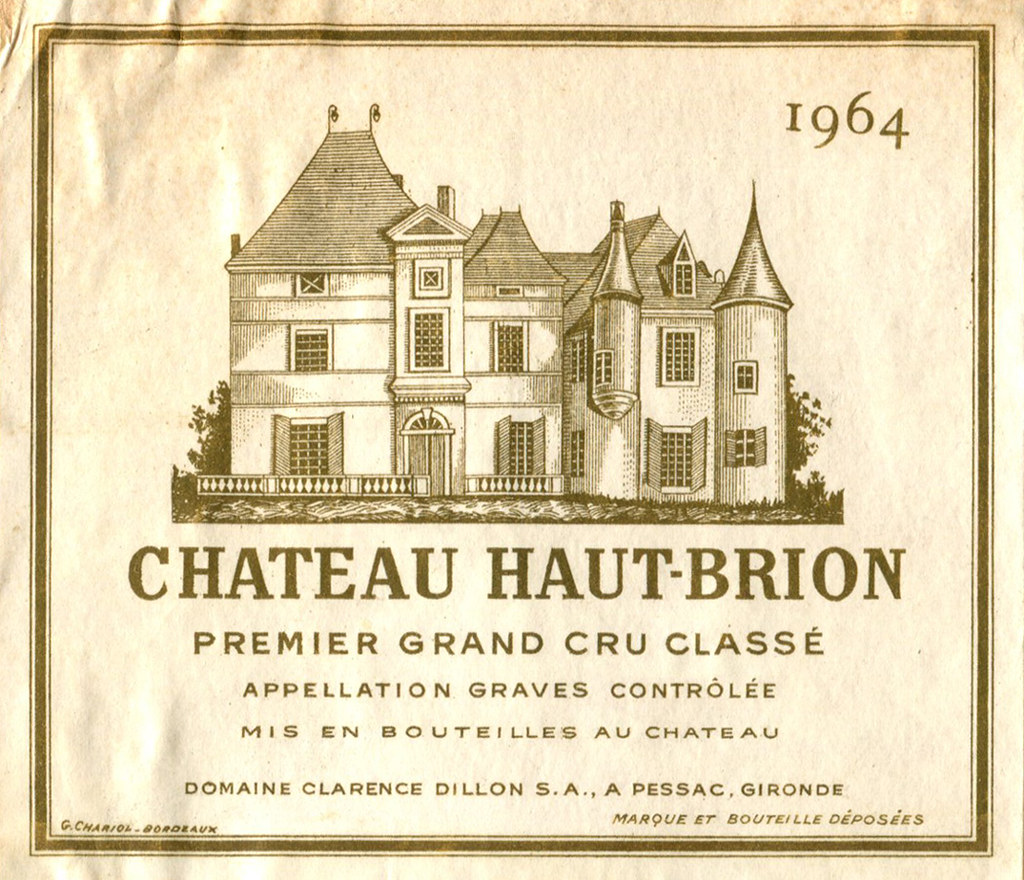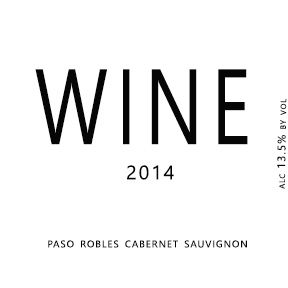Don’t Let Wine Labels Get The Best of You
A few months ago month I spoke at the Ramona Valley Vintner Association’s Wine & Grape Symposium about wine labels. Local wine makers, winery owners and home wine makers met at the Escondido Center for the Arts and listened to professionals give advice on wine making, vineyard management and wine sales. RVVA asked me to speak about wine labels. The earlier month while judging the Ramona Valley Vintner Wine Competition I opened my big mouth and said something like, “it is really hard to sell Ramona wine when the labels look like this.” I was referring to a wine with cursive writing and photo of a tree and animal. It looked like a label made for a wedding. I realized several people became interested, they wanted to hear more and asked me to expound on the subject. It annoyed me that I added to my work load, yet I felt flattered they asked for my opinion and I could help my local friends. I put together a presentation called Wine Labels: how to sell to restaurants.
I began my talk by mentioning they need to know their consumer before designing a label. Are you intending to sell your wine to one of the Orange County Housewives, to a sommelier at a fine dining restaurant or out of the tasting room to a tourist from Nebraska? The basic principle of marketing is knowing your consumer and tailoring your product to fit that consumer’s taste. Most wineries would say that all three consumers are their targets. So this means the label would have to attract a larger consumer base, and now designing the label is that much more difficult.
Consumers need to know some very basic things when looking at the label. What type of wine is it? Is it red or white? Is it a Cab or Pinot? Where is it from? How much alcohol does it have? Luckily these are all required by law. What the consumer does not know is if the wine is good or not. They do not know the wine’s quality by looking at the label. I told the RVVA members that it was their job to tell the consumer what the wine tastes like through the design of the label. Every winemaker believes their wine is a wine of quality. Not everyone will agree, but they have to sell it so when the consumer sees the label they associate the wine with quality.

HAH!! Not what I mean.
This is not easy to do, especially if you are not a graphic artist. I gave examples of labels ranging from old traditional Bordeaux labels to labels with big black letters stamped across the front. I showed pictures of thick dense bottles with textured paper and gold leaf. I showed pictures of labels which were simple and minimalist. I pointed out how the millennials are all about the graphics and how some very bad wines have eye-catching bottles millennials just need to buy. I showed them graphic labels which combine old school elegance modern chic. The basic premise was the label has to tell us how the wine tastes.



Too many wineries want to put their story on the label. They have their code of arms, their favorite dog, the rocks by the ravine near the property and so on. They fail to look at their label through consumers’ eyes. “My grandmother loved to crochet so this ball of yarn and needle on the label pays tribute to her.” NO! You cannot do that. You can tell your story, but it needs to grab the consumers attention. Whether you choose the Chateau, the big bold black writing or engraved gold leaf, the design has to tell us what is in the bottle, not that your grandma sewed.
I then began thinking about the consumer. It is hard to buy a wine. There are so many wines on the shelves. We each shop for wine in different ways. We are either looking for a certain type, meaning grape, grape blend or region. We shop for by price. Sometimes we want a wine to impress and other times a wine to drink at the next barbeque. Boring as it is, most people buy wine because they are familiar with it. This explains why the large companies are buying and bidding for the old staples in Napa.

The wine business is colossal and unfortunately condensed into the hands of a small group of national and multi-national corporations. You will never know when buying your beloved Sauvignon Blanc, classic New Zealand full of citrus and grassy aromas, you are buying from the same company that makes box wine in Brazil, brandy in France, animal graphic bottled Shiraz from Australia and overpriced Napa Cab. Consumers are left in the dark as to who really makes the wine and what that wine taste like. This is why so many stick to what they know and are afraid to experiment. I do not blame them, they once bought an unknown eye-catching label with black background and red writing which looked like it would taste big and bold but turned out tasting of swill with residual sugar. Probably one of the wines also made by the company that boasts the overpriced Napa Cab.
So as a consumer how do we know what to look for? Before I help you with this question, I need to ask you a few. What are you looking for? Are you looking for a story? Are you looking for an artisanal wine? Are you looking for something that is easy to drink and don’t have to think about? There are many criteria to the consumer’s needs. I do not think I can give you the best answer about what will be in the bottle just by looking at the label, but I can give you some clues.
Look for the alcohol level. It is found on the front, side or back of the bottle and usually hard to find. When you do find it, be leery. Legally they can fudge the percentage by a few points. The alcohol level tells us how the wine might taste. The more alcohol means more body. Less alcohol means less body. More importantly this will give you clues to the wine’s acidity level. Consumers deem acidity as a bad thing, but it is the backbone of wine and it is essential to have balanced acidity or else the wine can taste and feel flabby. If the alcohol level is higher, that means there was more sugar in the wine prior to fermentation. If the grape has more sugar then its acidity is lower. If the wine has lower alcohol then it should have greater acidity. So far the front label will give us clues to its flavor. You know the grape, vintage, where it came from and have an idea of its body and acidity levels.
Now stop looking at the front label and turn it around and read the back. Skip that mumbo jumbo about cherries, field flowers and chocolate. Focus your attention to the “Produced and Bottled by” part of the label. Many times the front label only has the name of the wine and not who made it, this information will always be on the back. Here is what you need to know. The back tells us how much say the winery had in its production.
Cellared and Bottled by” & “Vinted and Bottled by” tell us that whoever bottled this wine had very little to do with the actual wine making process. They bought wine, maybe blended it with other bought wine, bottled it and slapped a label on it. This exact same wine is most likely in other bottles with different labels.
“Made and Bottled by” tells us that at least 10% of the wine is made by the winery on the label. The rest of it is purchased wine and blended. Many of the wines with the above designations, will not have the winery’s name on the front, rather you will have to hunt for the name on the back. Production of these wines is usually high. These are commodity wines, made to sell and fill the demand for inexpensive juice. However, many times they are not that inexpensive, but have great labels.
“Produced and Bottled by” lets us know that at least 75% of the wine was actually crushed, fermented and bottled at the winery. The other 25% could have been made by someone else. This does not mean they grew the grapes and made wine. Most with this designation bought their grapes. However, many of these wineries have long-term contracts with grape growers and have a say in how to cultivate the grapes.
“Grown, Produced and Bottled by” is exactly what it means. They grew grapes and made their own wine.
“Estate Bottled and Produced” means that the wine was made from grapes on the property where the winery stands, they had full oversight of the production of the wine and bottled on the estate. These are the wines which slap their winery name right on the front label with pride. They want everyone to know they produced the wine.
We think we are savvy consumers. But be careful, there has been a lot of research by large wine companies on labels and selling wine. Marketing drives the wine business. They still have the upper hand and sell millions of cases of swill because they invested their money on marketing and not the vineyard. Hopefully these few tips will help you in choosing your next bottle of wine. More importantly I hope our local friends at the Ramona Valley Vintner Association put more thought into their labels. The competition is fierce and these massive wine conglomerates have no mercy.









